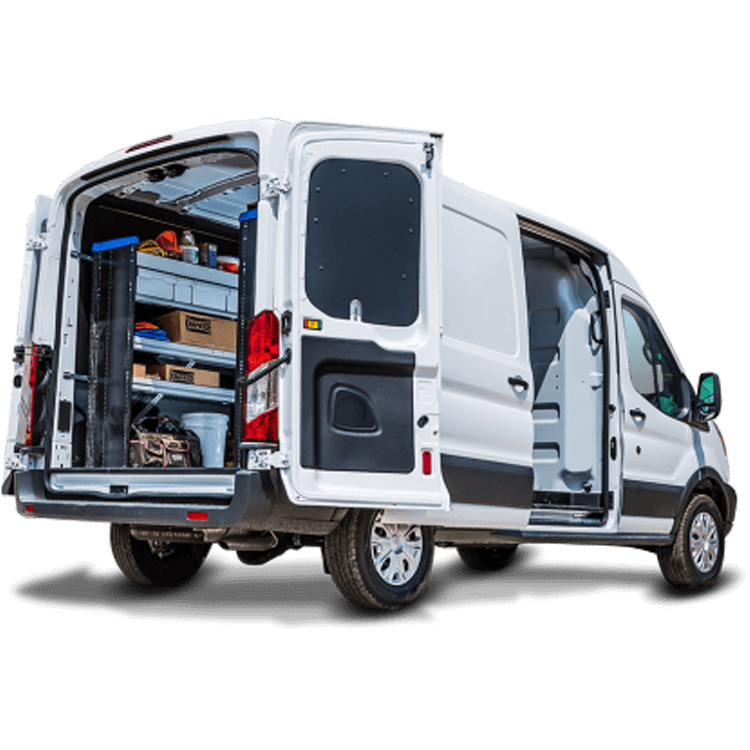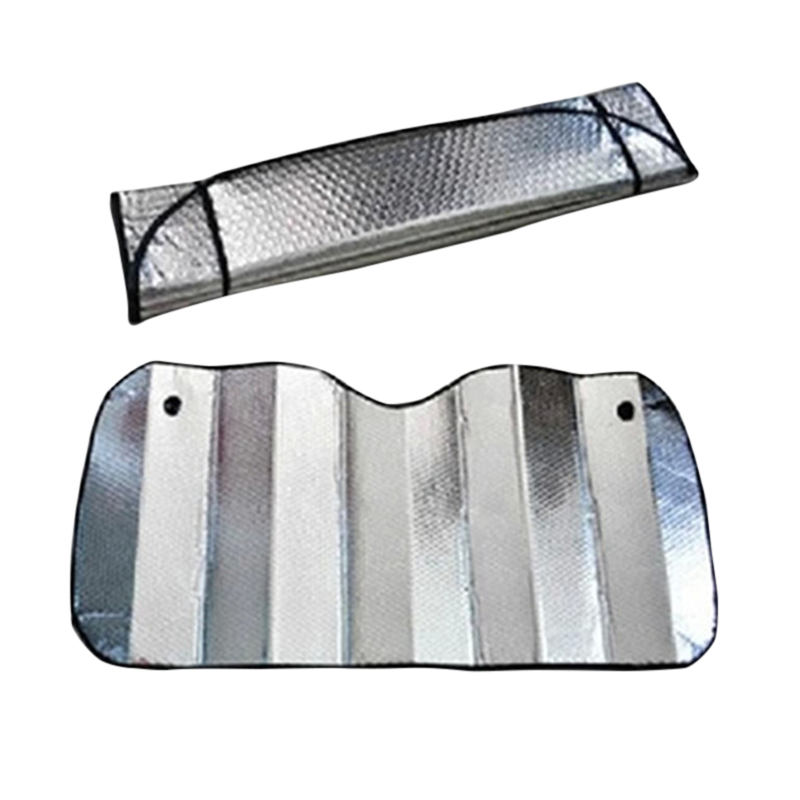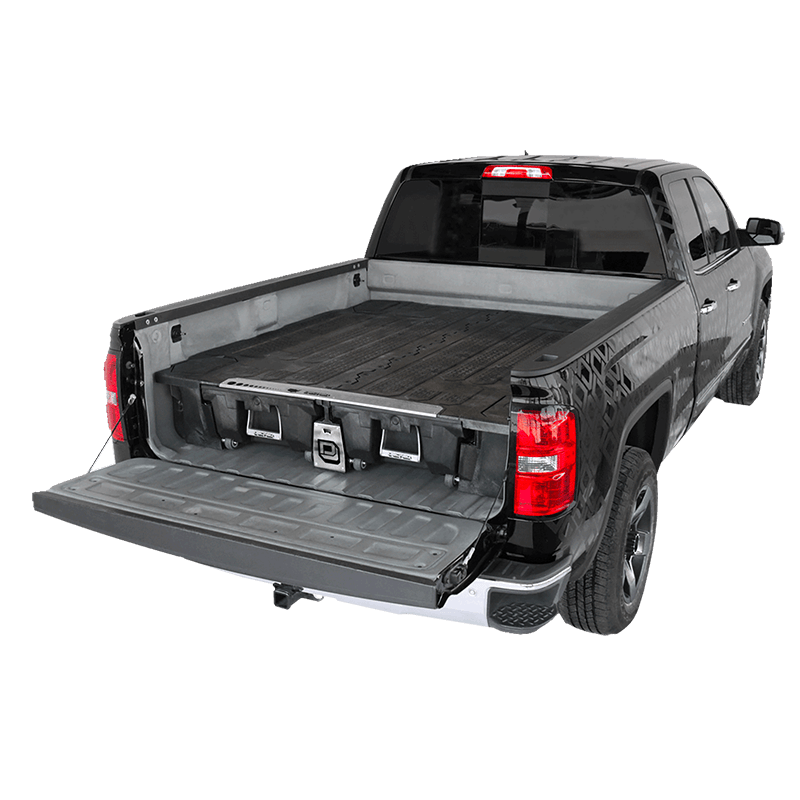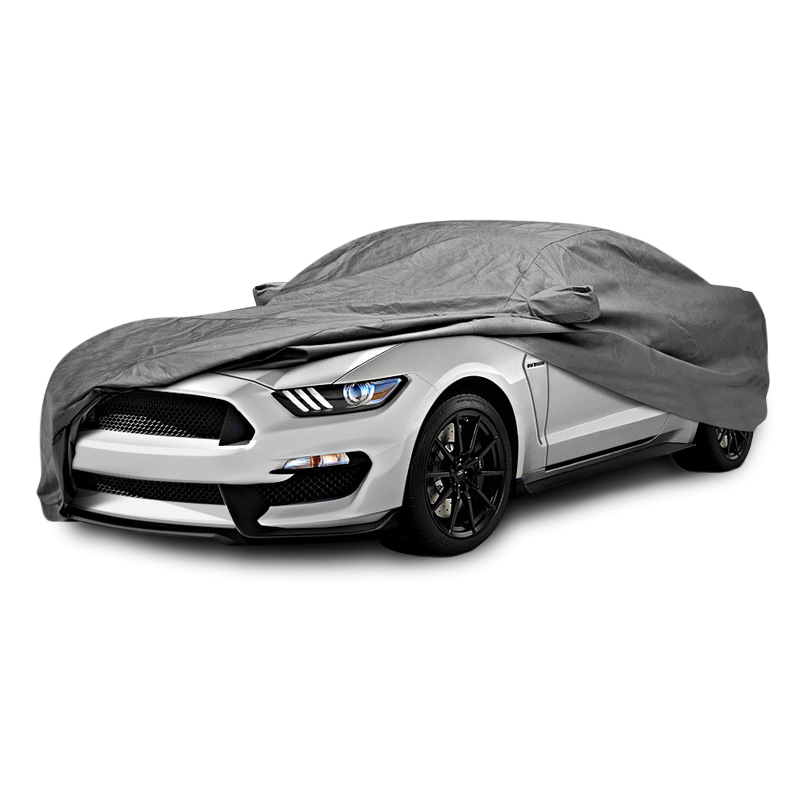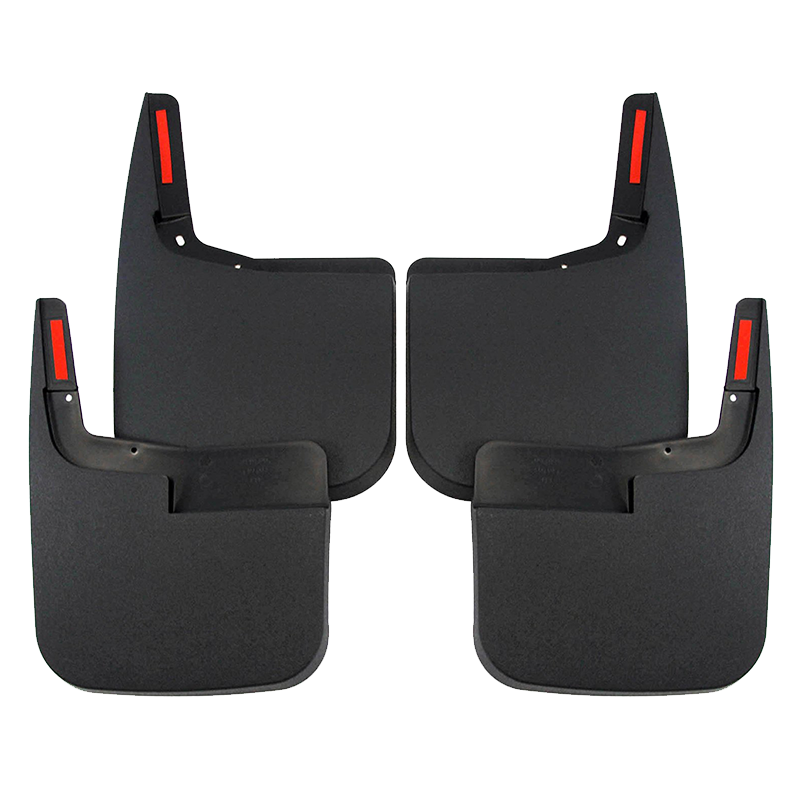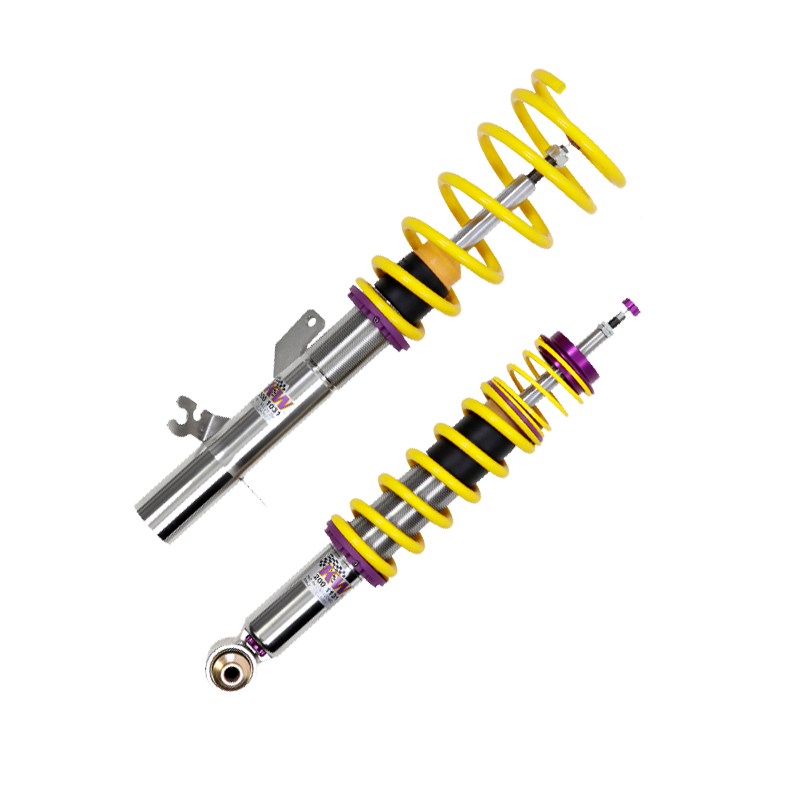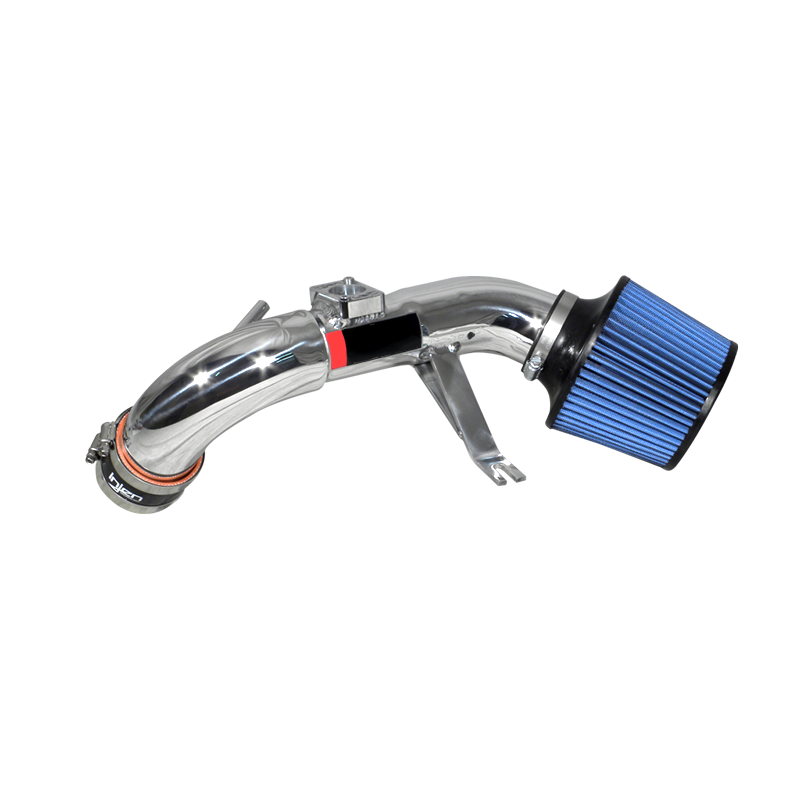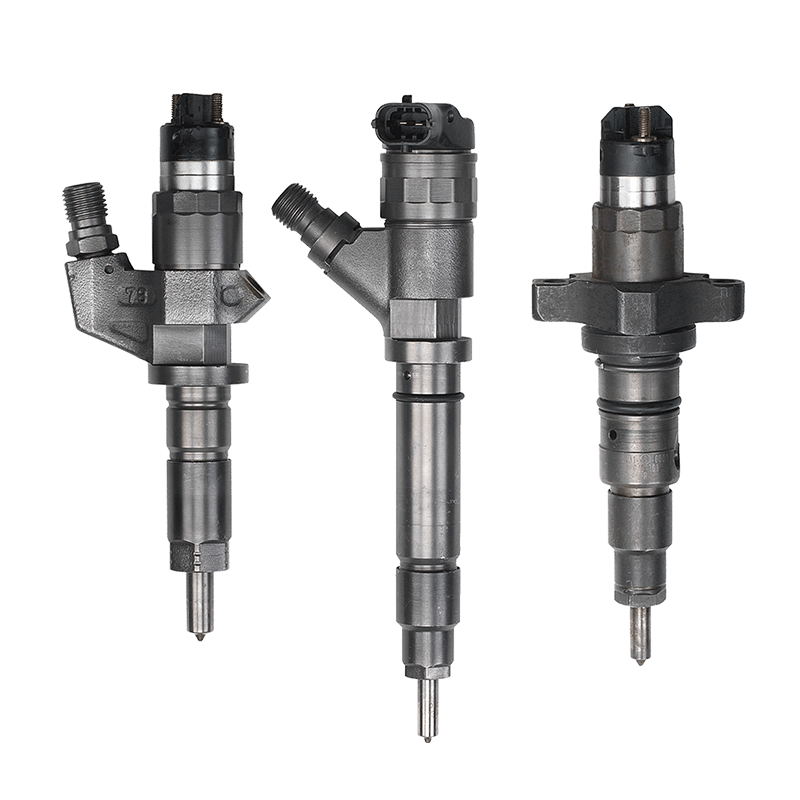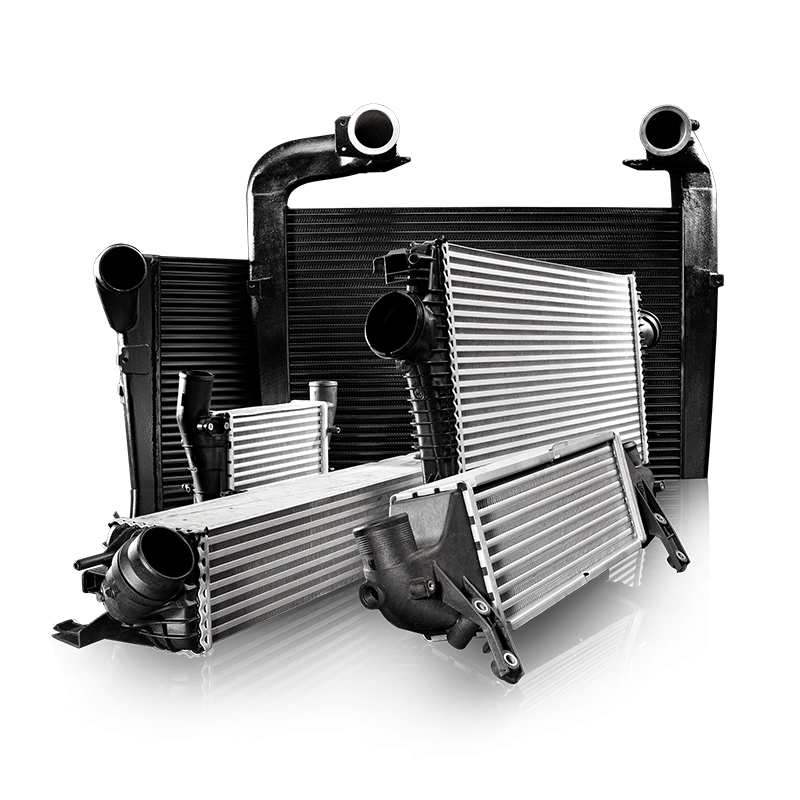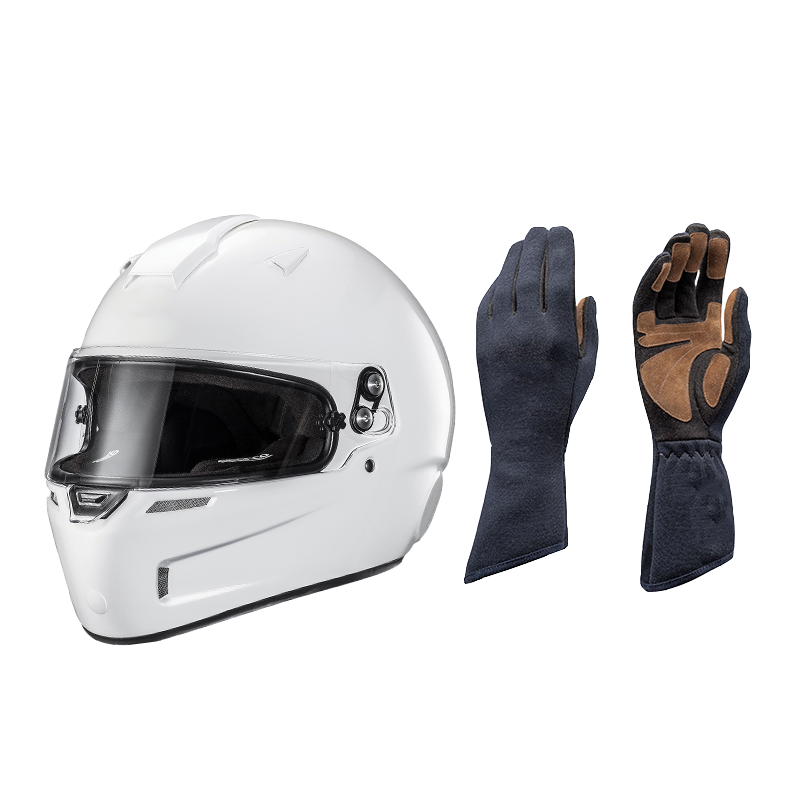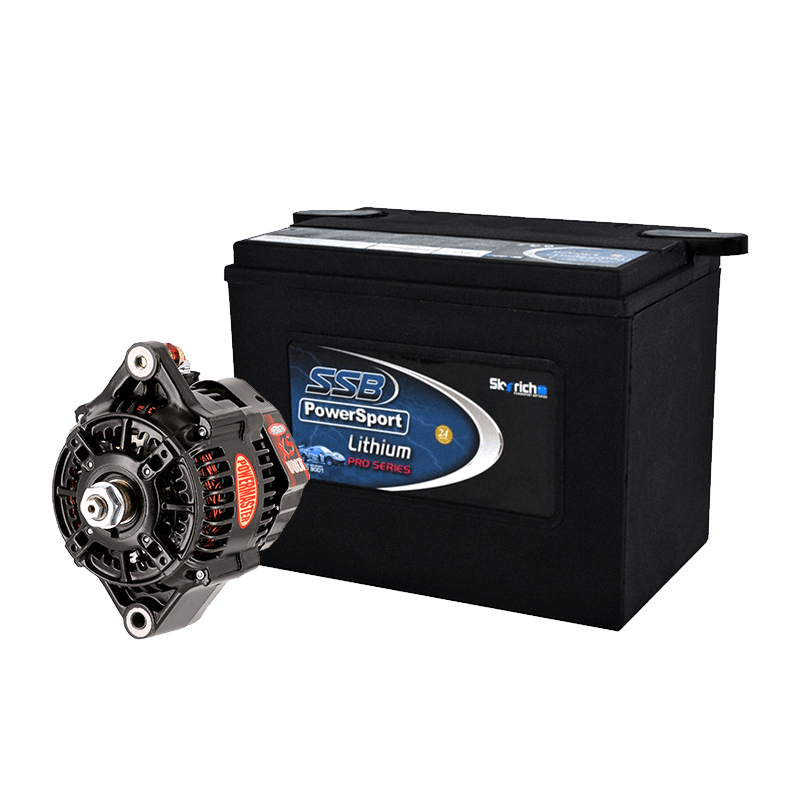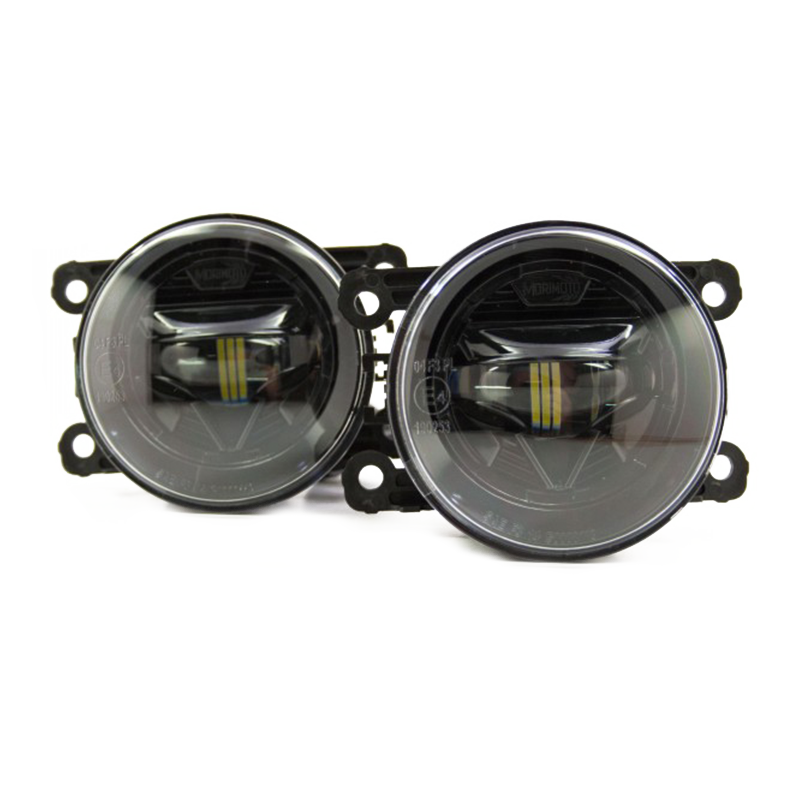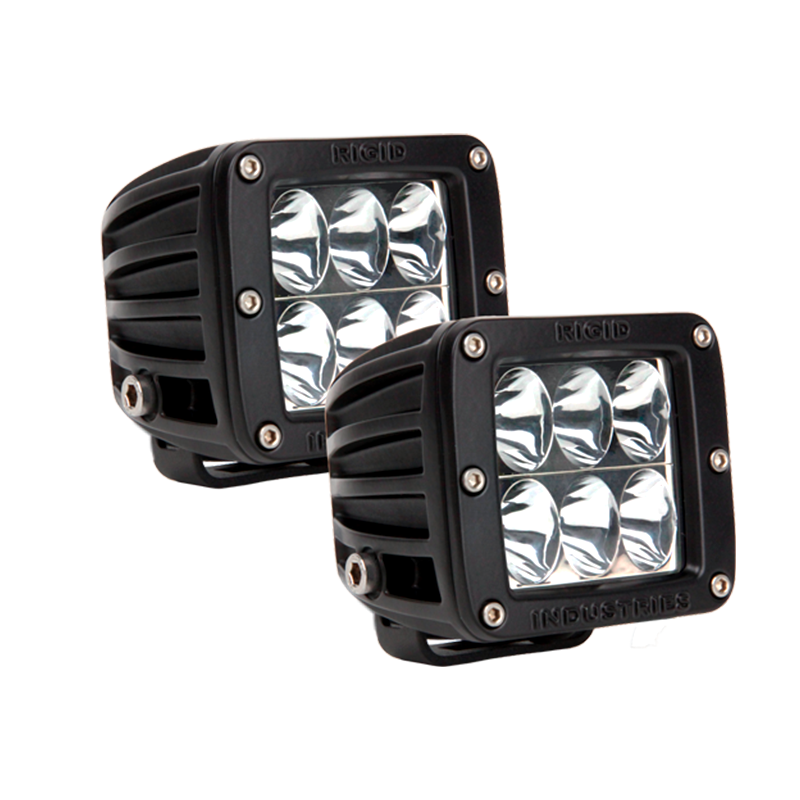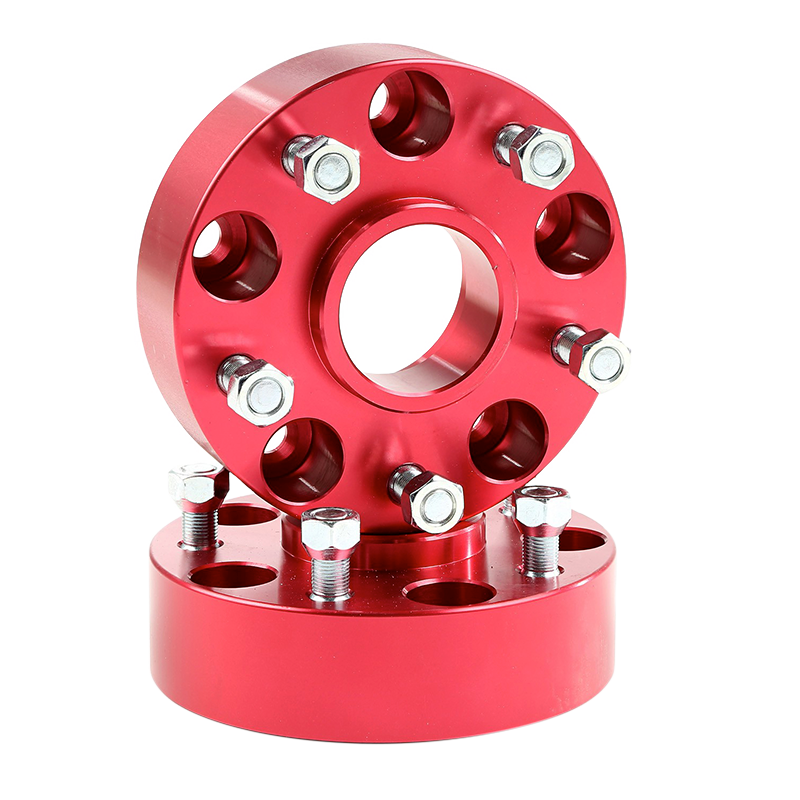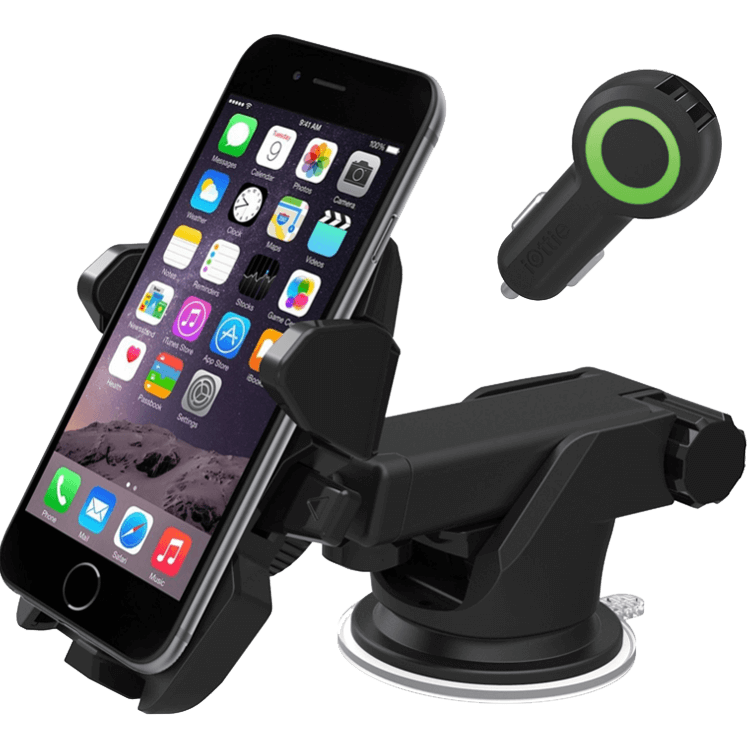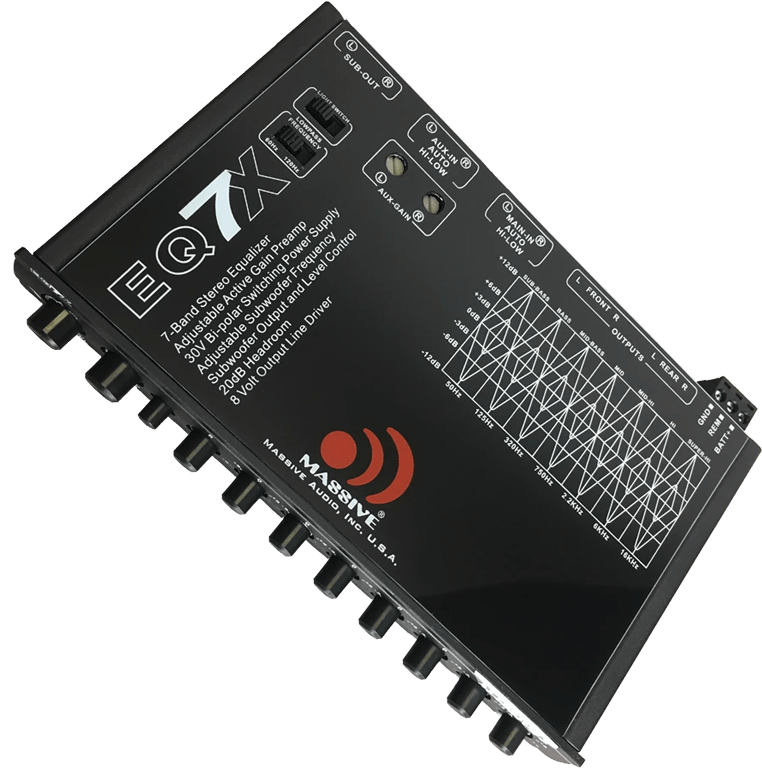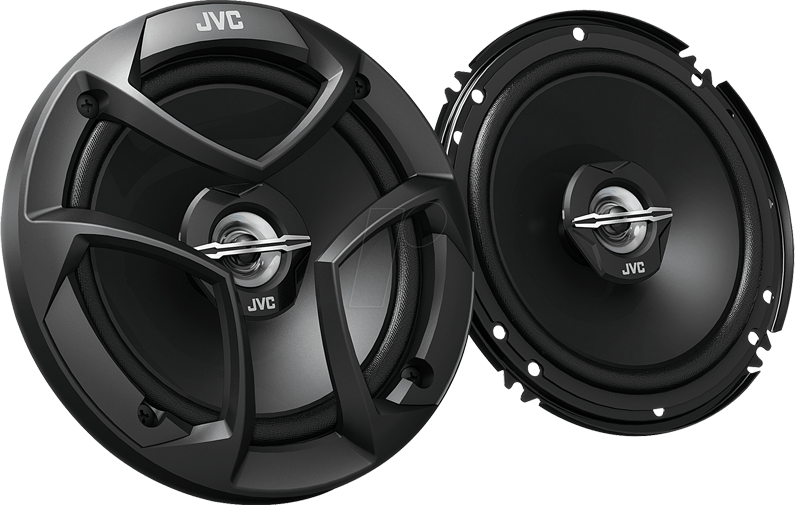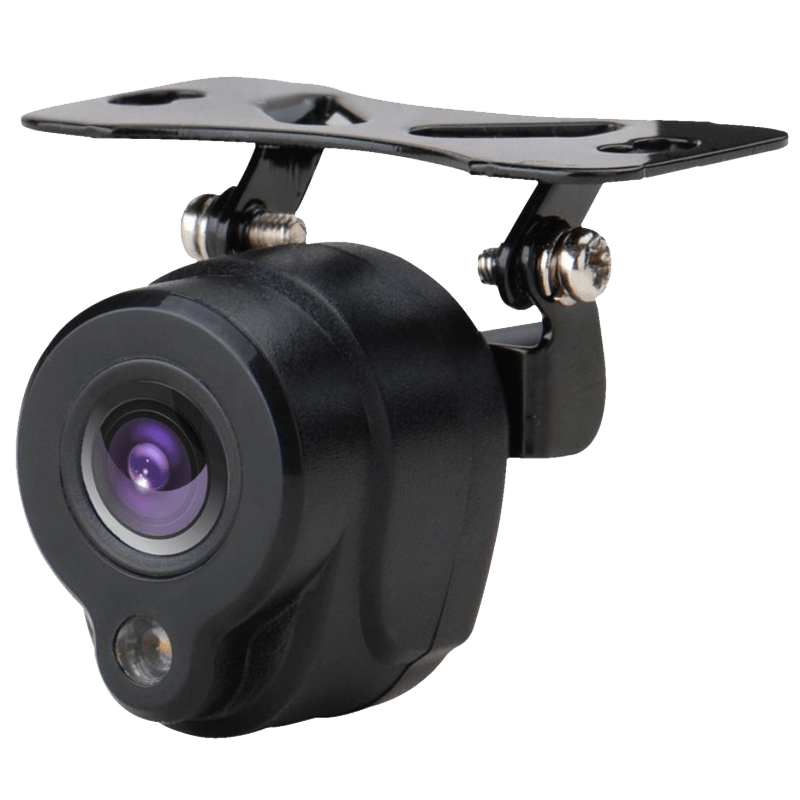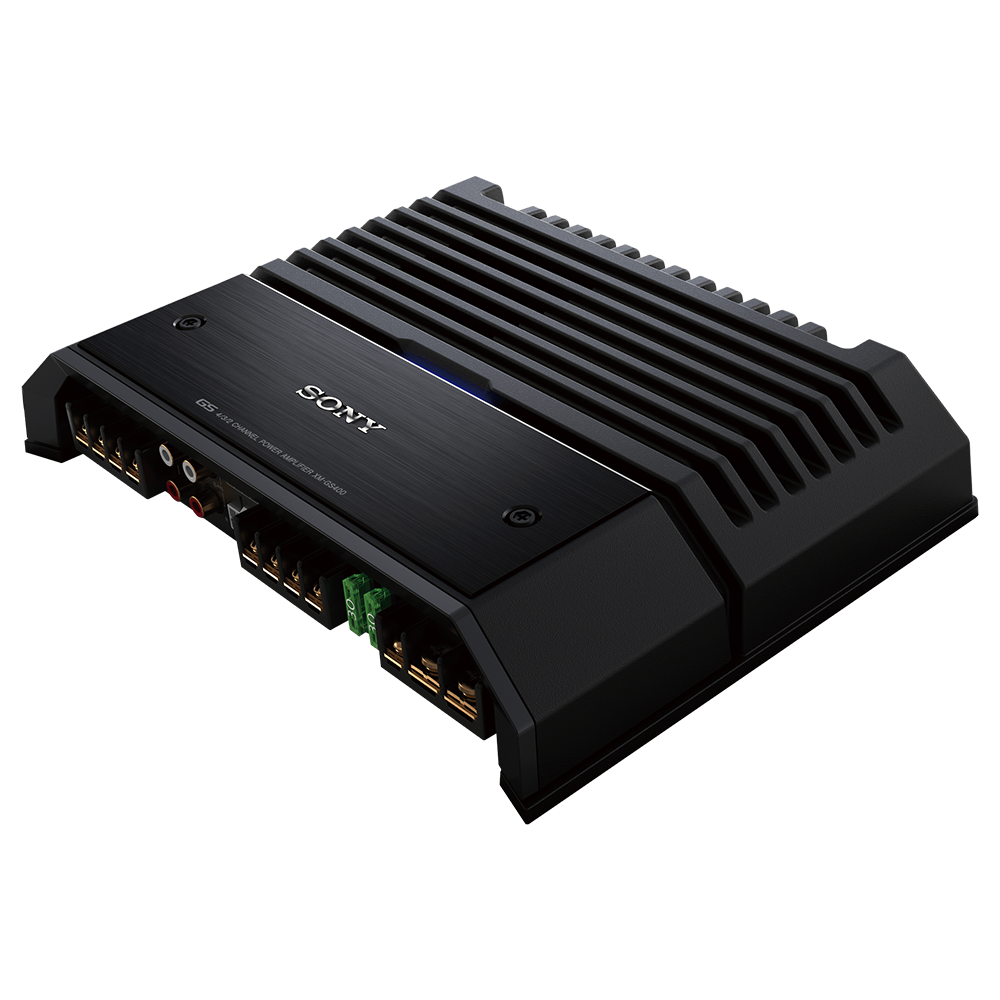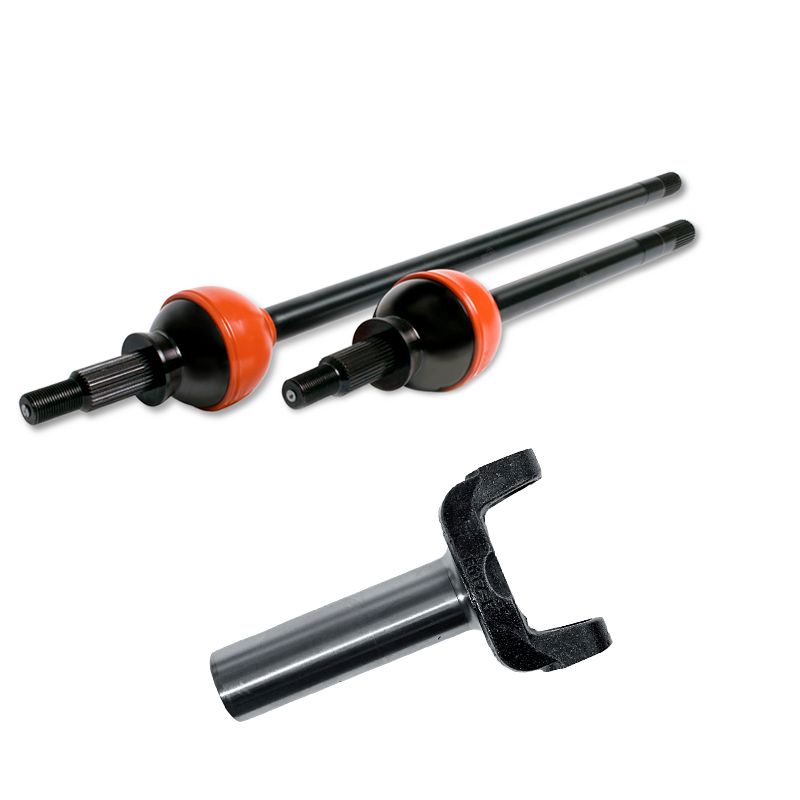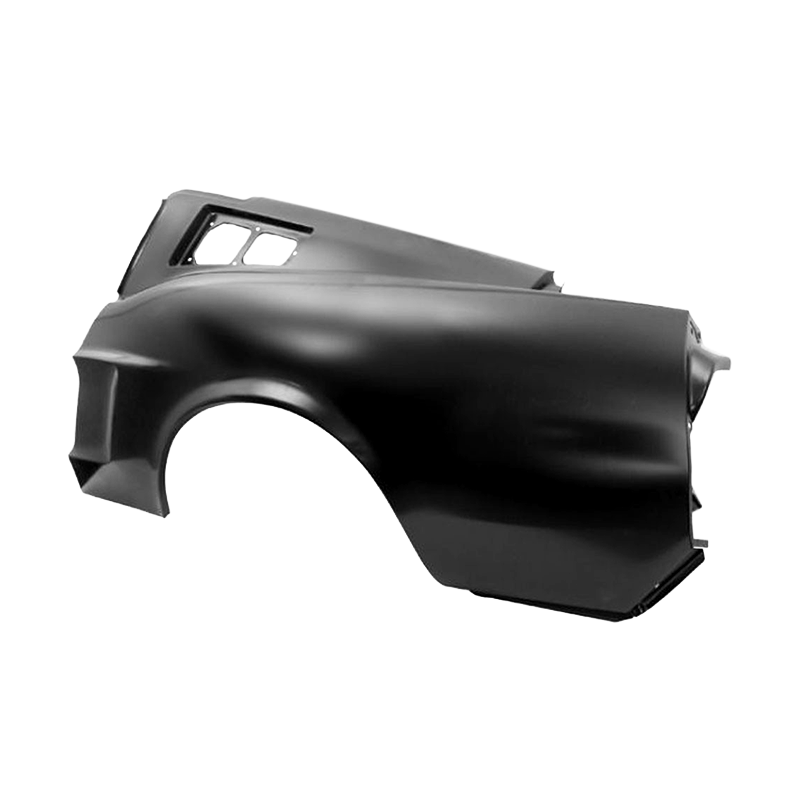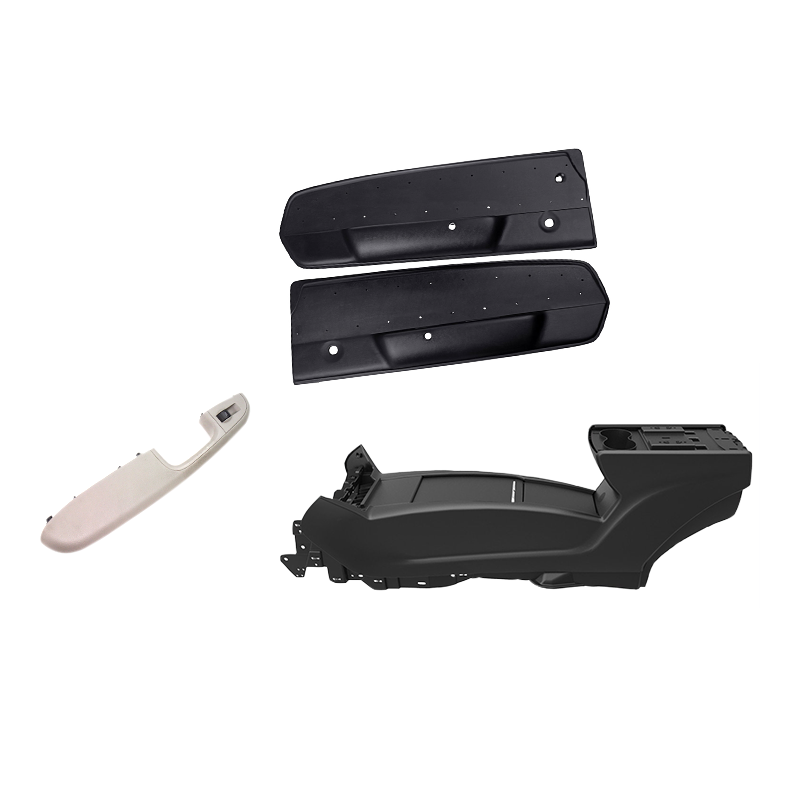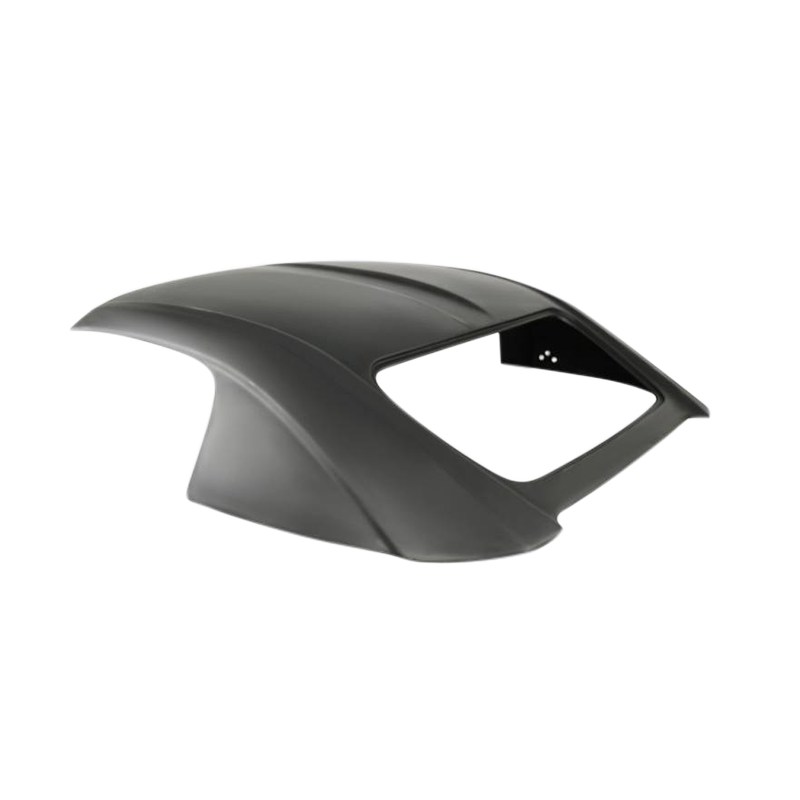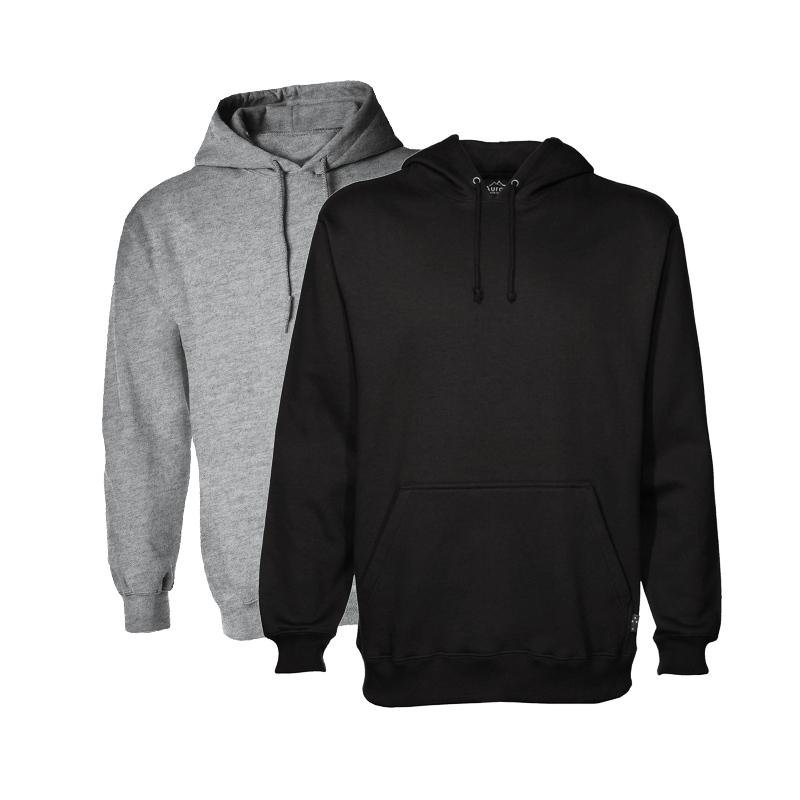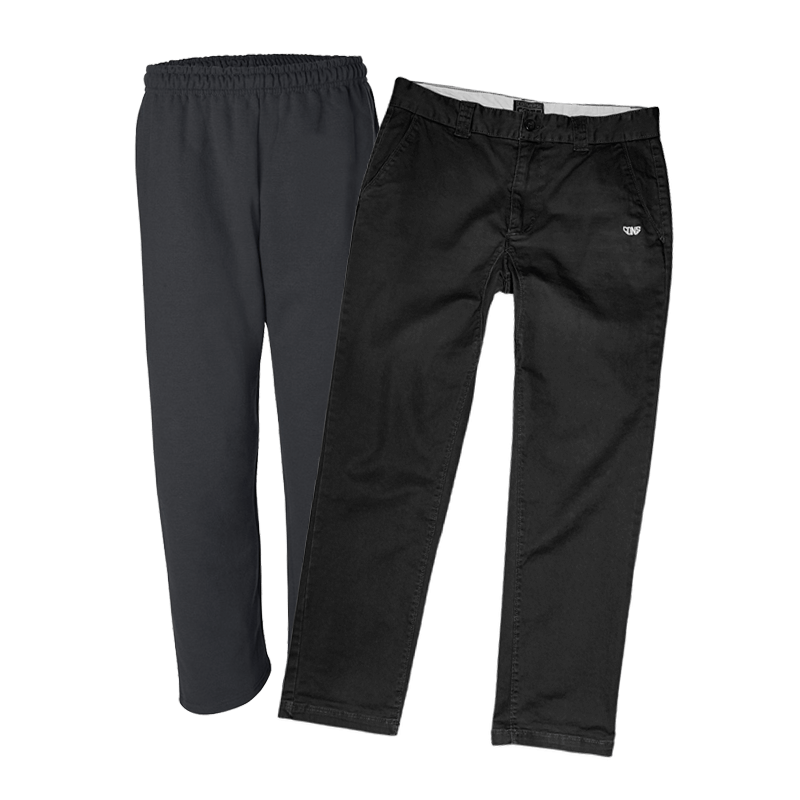When everything goes according to plan and you’re keeping the shiny side up, the only parts of your vehicle that actually touch the pavement are your tires. It seems that most car manufacturers believe that All-Season tires are the answer to every driver’s need for surefootedness and control of their vehicle because All Season rubber comes standard on most new models. In fact, All-Season tires are a compromise and like all compromises, they aren’t the best solution for all situations.
If you wear a pair of lace-up oxfords to work every day, would you consider wearing them to play soccer, or wear them to shovel the snow, or take a stroll on the beach? Think of your tires as shoes for your ride and you’ll understand the importance of matching where and how you drive to the right kind of rubber.
Tire Basics
Before you can make an informed opinion about the right tire for you, there are some basics that need to be taken into consideration. Aside from all tires being round, made of rubber (mostly) and fitting on wheels, there are three basic characteristics that determine how well they are going to perform in an environment.







